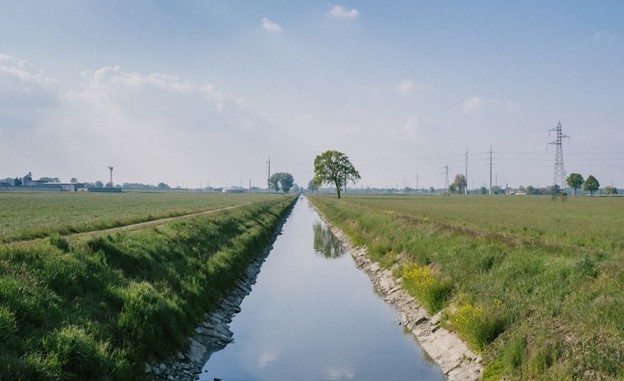What Are Irrigation Water Rights?
Water isn’t a commodity; it’s a necessity, for survival. This truth is most evident in agriculture, where access to water can make or break a harvest. Within the realm of agriculture, the allocation of irrigation water rights holds importance as it determines who can utilize water, how much they can use, and for what purposes. So what exactly do irrigation water rights entail? Why are they so vital? Let’s delve into the system of distribution and oversight.
What Are Irrigation Water Rights?
Unpacking Irrigation Water Rights
Irrigation water rights refer to the permission to utilize water for agricultural activities. State or local authorities typically grant these rights. Are rooted in a framework involving historical usage patterns, property ownership details, and environmental considerations. The origins of water rights systems stem from the concept of ” appropriation ” often summarized as “first come first served.” According to this doctrine, the initial individual or entity that harnesses water from a source for purposes holds precedence over users. This fundamental principle forms the basis of water allocation frameworks.
Varieties of Irrigation Water Rights
Surface Water Rights
Debbie Drummond, Las Vegas Realtor adds this about surface water:
“These rights revolve around access to water, from rivers, streams, lakes, and other surface sources. Rights are often granted based on how someone has held them with those who have had them longer getting priority when resources are scarce.”
Groundwater Rights
These rights involve taking water from aquifers. Unlike surface water, which can be seen flowing and controlled, managing groundwater can be trickier. Lately, the management of groundwater has become more crucial due to worries about using up much and overdrawing.
Riparian Rights
These rights come from the idea that landowners next to a water source naturally have the right to use that water for purposes like watering crops or household needs. This concept is usually used in places with lots of water.
Prior Appropriation Rights
As mentioned these rights give priority to those who used the water first following the “first come first served” principle. This system is common in regions where there isn’t water available.
Allocation and Regulation
Deciding who gets irrigation water rights is a process involving meeting needs like farming protecting nature and building cities. Usually, government bodies like state water boards or irrigation districts handle giving out and overseeing these rights.
Licensing
Mike Kotler, Hoboken Realtor adds this information:
“Securing irrigation water rights typically involves obtaining permits or licenses, from the body. These permits specify the amount of water allowed for use for the intended purposes and any rules or limitations set by the governing authority.”
Water Rights Transfers
Water rights can be traded, purchased, or transferred among parties. These transfer transactions will require approval. Any transfer may involve factors like preserving usage levels or addressing potential impacts on other water users.
Monitoring and Enforcement
Regulatory bodies use methods to oversee water consumption and ensure adherence to established rights and rules. This can include metering systems, sensing technologies and field inspections. Penalties or fines may be enforced on individuals or organizations found breaching their water rights.
Litigation
Disputes regarding water rights are not uncommon. They can stem from conflicting claims, shifts in water availability, or environmental issues. Adjudication processes involving procedures to determine the validity and precedence of competing rights are utilized to settle conflicts.
Challenges and Future Considerations
Although irrigation water rights have been crucial, for promoting growth, they come with obstacles and disputes that need addressing. Some of the challenges in managing water rights are:
1. Water Scarcity
The increasing global population, climate change, and various water demands are straining water resources. Finding a balance between needs, urban consumption, and environmental conservation is a hurdle.
2. Sustainability
It is crucial to manage water resources to prevent overuse and damage to ecosystems. To address sustainability concerns, practices like water conservation, efficient irrigation methods, and initiatives for recharging groundwater are being promoted.
3. Equity and Access
Access to water resources isn’t always fair; marginalized communities often suffer from water scarcity and pollution the most. Dealing with issues of water equity and social justice requires an approach that considers the interests and rights of all stakeholders.
4. Legal Complexity
The legal framework around water rights can be intricate and fragmented causing confusion and conflicts among users. Simplifying regulations promoting transparency and involving stakeholders effectively are key for water management.
In Summary
Irrigation water rights play a role in agriculture by giving farmers permission to access and use water for growing crops. However ensuring sustainable and fair management of these rights involves planning, regulation implementation, and collaboration, among all parties. In the face of a shifting climate and increasing water needs it is more important than to manage our water resources.


